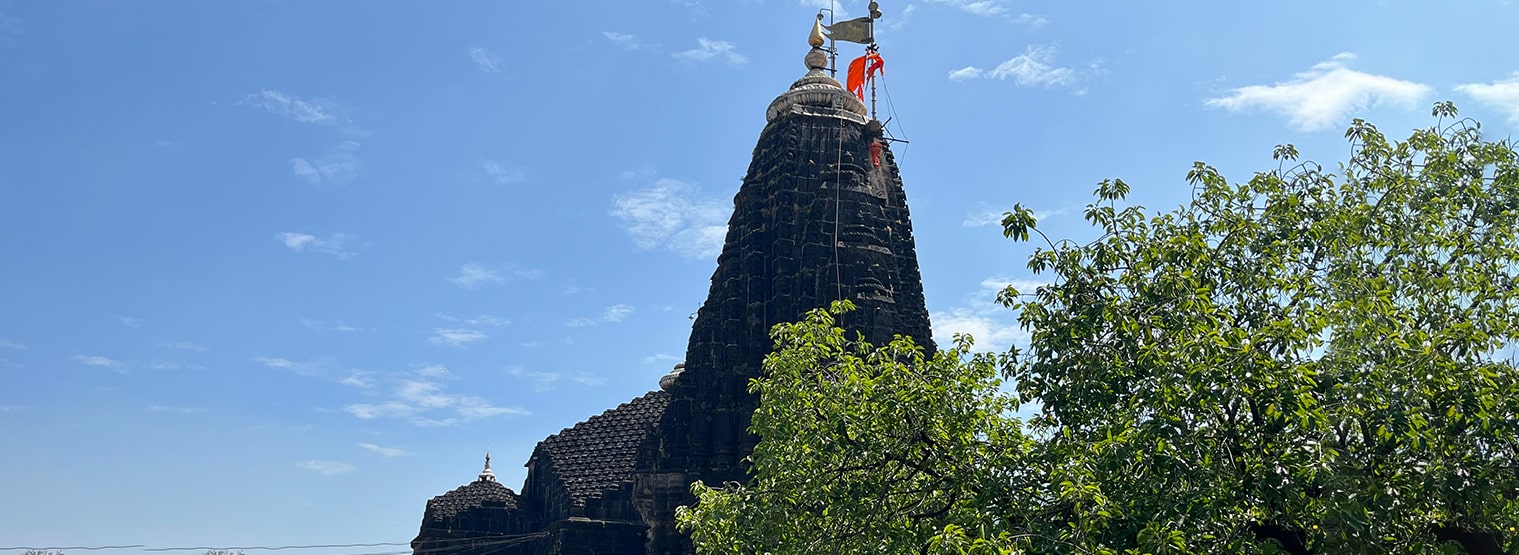Kaal Sarp Pooja is a Hindu religious ritual that is performed to appease the deity Rahu and to alleviate the negative effects of Kaal Sarp Dosh, an astrological condition that is believed to occur when all the planets in a person’s birth chart are positioned on one side of the Rahu-Ketu axis. The pooja is typically performed by a priest or a qualified astrologer, and it may include the following steps:
- Preparation: The priest or astrologer will prepare the necessary items for the pooja, including flowers, incense, lamps, and other offerings.
- Invocation: The pooja begins with the invocation of Rahu and other deities, through the recitation of mantras and the offering of flowers and incense.
- Havan: A havan, or sacred fire ritual, is typically performed during the pooja. Offerings such as ghee, grains, and herbs are placed in the fire as a way to seek blessings from the deities.
- Aarti: The pooja concludes with the performance of an aarti, or devotional song, which is sung to honor the deities and to seek their blessings.
It is important to note that astrology is not a scientifically recognized field, and the existence and effects of Kaal Sarp Dosh have not been proven through scientific means. Many people consult astrologers and follow astrological beliefs and practices as a way to gain insight and guidance, but it is important to remember that these beliefs and practices are not based on scientific evidence.
काल सर्प पूजा कैसे की जाती है? हिंदी में पढ़ने के लिए यहाँ क्लिक करे।
Contact Trimbakeshwar Pandit Pradyumn Shastri at +91 7030300080
How can I calm my Kaal Sarp Dosh?
Repeating the Maha Mrutyunjay Mantra 11 times, twice day. Daily 108 repetitions of the mantra “Om Namah Shivaya” “Om Naagkulaya Vidmahe Vishadantaya Dheemahi Tanno Sarpa Prachodayat,” should be recited. The Vishnu Sahasranama is being sung. A string of 11 consecutive Monday fasts. Protecting snakes from damage.
Offering milk and water to the Shivling during the weekly Monday Rudra-Abhishek ritual. Put 11 coconuts in a river or stream on Panchami Tithi, which is a Saturday. Shashti Puja, or the Puja of Peace, is performed on the day of Shashti (the 6th day of the lunar month). Each Monday we honour Natraj (Shiva). To mitigate the unfavourable consequences of Kaal Sarp Dosh, the individual should fast during the Nag Panchami festival.
Book Kaal Sarp Dosh Nivaran Puja at Trimbakeshwar by Pradyumn Shastri: +91 7030300080
How is Kaal Sarp pooja done?
Your physical presence is necessary for the completion of every KaalSarp Puja. In addition to that, one must recite the Panchakshari Mantra, which is “Om Namah Shivay,” or execute the Maha Mrutyunjay Mantra Jaap at least 108 times each day in order to break free from this Dosh. One such option is to recite the Beej Mantra or the Rahu Mantra 108 times while holding an agate thread in one’s hand (called an akeek).
A Peepal tree needs to have its roots irrigated every Saturday either before sunset or during the early morning hours. It is recommended that on the day of Nag Panchami, you abstain from food and worship the Nag Devata. It is recommended that you pray to Shri Krishna while also making an offering and performing the Kaal Sarp Gayatri Mantra. In addition to this, some people throw 108 pairs of metal nag and nagin into a river. It is considered fortunate to do the Rudra Abhishek ritual on Shivji’s Somwar, which falls on a Monday, and to throw eleven coconuts into a river on Nag Panchami Day.
How long is Kaal Sarp dosh Puja?
Kaal Sarp Dosh Pooja is performed on the same day as it is scheduled. This Vidhi or Pooja must be performed over the course of two hours. On this particular day, it is essential to provide those in need with food assistance. Worship it after placing Ganapati, performing the Matrika Pujan, one gold Nag, one silver Murti of Rahu, and one silver Murti of Kaal, respectively.
Call Pradyumn Shastri & Get Free Consultation at +91 7030300080


